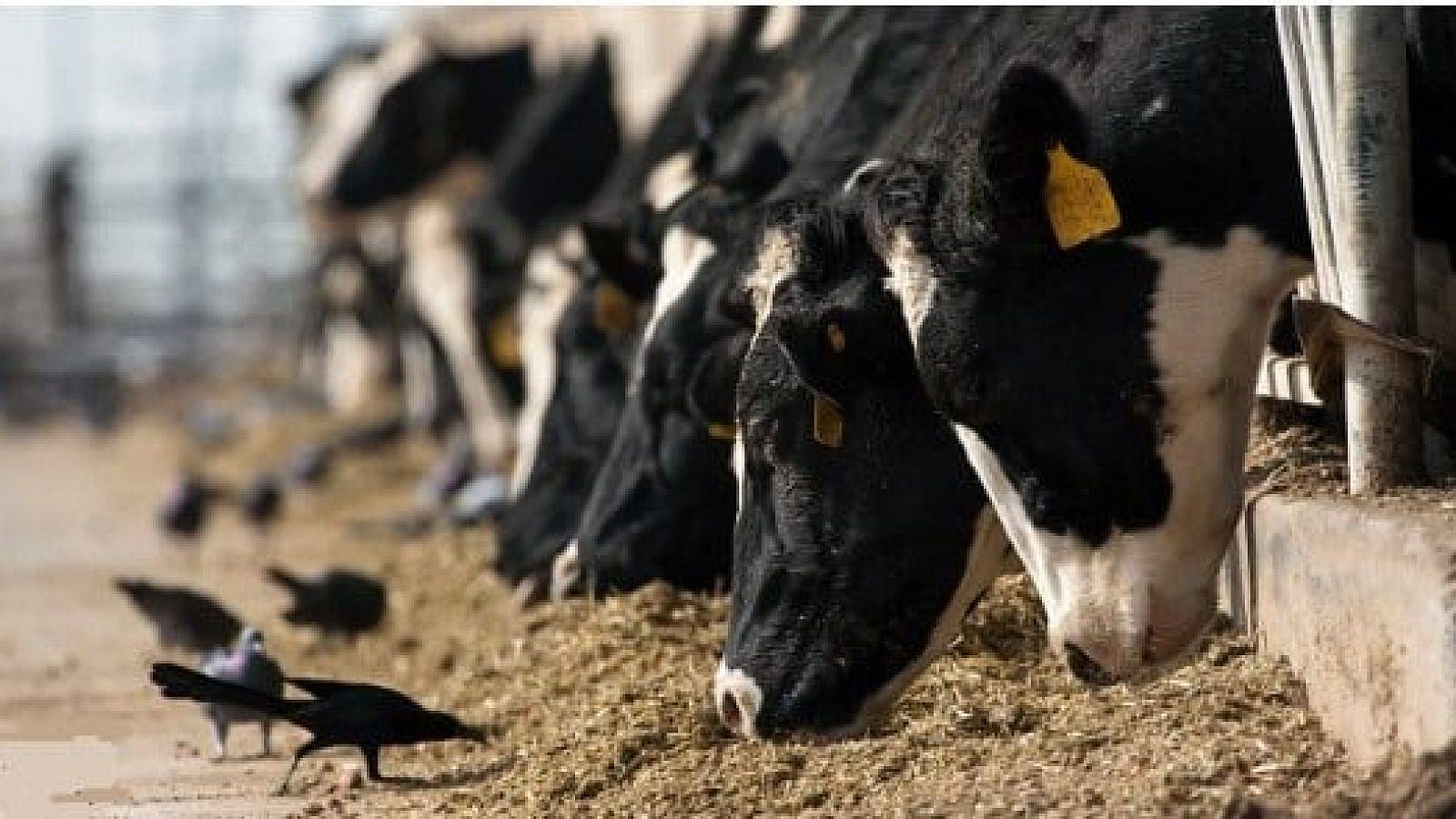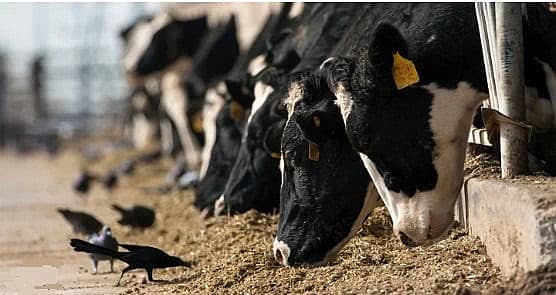SIOUX FALLS, SD – Record high prices for unleaded gasoline are getting much of the attention from the public and politicians across the country right now, but an even bigger financial impact is being felt by truckers and farmers in South Dakota who are paying far more at the pump than usual for diesel fuel.
Employees and business owners in both industries rely heavily on diesel fuel to do their jobs, and the high prices are pinching their incomes and profits. Industry experts say that higher fuel prices in trucking and farming are often passed on to consumers, who are already paying more for a wide range of goods and foods at a time when inflation is pushing up prices.
As diesel prices continue to shoot up, both trucking industry associations are calling for national legislation to help reduce the financial toll on truckers, and farmers are looking for ways to keep costs down and minimize their financial risk. Operators in both industries are seeking ways to reduce spending on fuel and to cut back on fuel use when possible.
As of June 21, the average diesel price in South Dakota was $5.39 per gallon, below the national average but up almost 42% compared to a year ago, according to the American Automobile Association. The highest recent national average price was $5.81 on on June 19.
High costs for diesel fuel are also adding to growing financial uncertainty for South Dakota farmers, who already faced delayed planting from storm damage in some portions of the state and drought conditions elsewhere that continue to threaten crops and livestock.
Off-road diesel, which is not taxed and is used for agricultural and industrial purposes, has also topped $5 a gallon.
“I’ve been farming for about 36 years, and I don’t remember fuel ever being this expensive,” said Scott VanderWal, president of the South Dakota Farm Bureau.
The average 18-wheel tractor-trailer’s fuel tank holds between 120 and 150 gallons, and some rigs have two tanks. With today’s inflated prices, truck drivers are paying about $700 to $900 per tank to fill up from empty, forcing some to spend almost $2,000 for one day of driving.
Corey Stabnow, a 23-year veteran of the trucking industry and owner of Thunderfoot Xpress in Britton, S.D., drove in mid-June to California to pick up a load of honeybees to transport to North Dakota.
“This trip I’m running right now will probably be close to $6,000 in fuel. A year ago, I could do this route for a little over [$3,000],” Stabnow said.
He tries to combat the higher costs by finding the lowest prices along his routes beforehand. He said he’s trying to avoid the pumps in California, where diesel is currently averaging $6.99 per gallon..
With more money being spent on shipping and delivery and inflation sitting at 8.6% as of May, some of the higher transportation costs may be transferred to consumers, the American Trucking Association said in a June 2 blog post. According to the ATA, inflation and costs will continue to rise unless the price of diesel fuel falls.
Fuel surcharges added to delivery costs aim to help cover unforeseen price increases, though many truckers don’t receive payment until 30 days or more after delivery, leaving them to cover costs with reserve funds or operate on lines of credit. Additionally, these charges often don’t fully cover the increases, only around 60% to 70% of the increase.
The increased costs have the potential to be devastating to small trucking companies. The American Trucking Association reported that 97% of trucking companies run 20 or fewer trucks, and many in South Dakota are locally owned and operated.
Logan Schaunaman is one of these owner/operators. He began his business, Schaunaman Trucking, out of Sisseton in November 2021 as a solo operator.. Fuel prices have gone up around $1.50 since he started, leaving him with at least a $1,000 bill each time he fills up. Lately, he’s had to fill up twice a week for the loads he carries.
“Without diesel, I can’t move,” said Schaunaman. “Rates have gone up too, so it compensates for higher fuel prices, too.”
Drivers at larger firms are somewhat protected from higher fuel costs, Schaunaman said.
“Owner/operators are probably a little more difficult to keep running at this time, whereas bigger companies probably have contracted fuel,” he said.
During the harvest of 2020, it cost VanderWal about $585 to fill the tank of his diesel combine at his farm in Volga, eight miles west of Brookings. At the current price of diesel, it would cost him nearly double that amount this year – more than $1,000 – and the tank lasts about one day.
Jack Davis, a South Dakota State University extension agent, said corn farmers spent about $26 an acre in fuel to plant and harvest crops in 2021, and the record going back to 2008 was $35 an acre in 2012. Under current market conditions, farmers could pay more than $50 an acre for diesel.
“For a thousand-acre farm, that’s about $25,000 more a year if it stays this high,” said Davis.
High costs and supply concerns are felt by other industries, but agriculture has less market flexibility to mitigate the damage, according to VanderWal.
“We’re price-takers,” said the third-generation family farmer, who raises soybeans and does custom cattle feeding. “We don’t have the ability to pass on our costs.”
One silver lining for farmers is that commodity prices are soaring, with corn selling at $7.85 a bushel on June 20, up from $6.15 on the same date last year. Soybeans remain strong at $17.02 a bushel, the highest price since 2012.
For Walt Bones, a former state secretary of agriculture who runs a diversified crop and livestock operation in Parker, seeing a vibrant market on the back end is good news.
“I’ve always said that in ag, our margin is pretty fixed,” said Bones. “Some years we might handle a lot more money to make the same amount of money. This year, it appears that even with all the costs and inflation out there, some of that can be transferred to what we’re getting paid for our stuff.”
For many farmers, the challenges of this spring go beyond market numbers. Radical weather swings made normal operations a problem, including a derecho that struck eastern South Dakota on May 12 with winds that exceeded 100 mph.
President Joe Biden sent a June 15 letter to U.S. oil refining companies asking them to increase production, and in late June, Biden asked Congress to suspend imposition of federal taxes on gasoline and diesel fuel until September.











